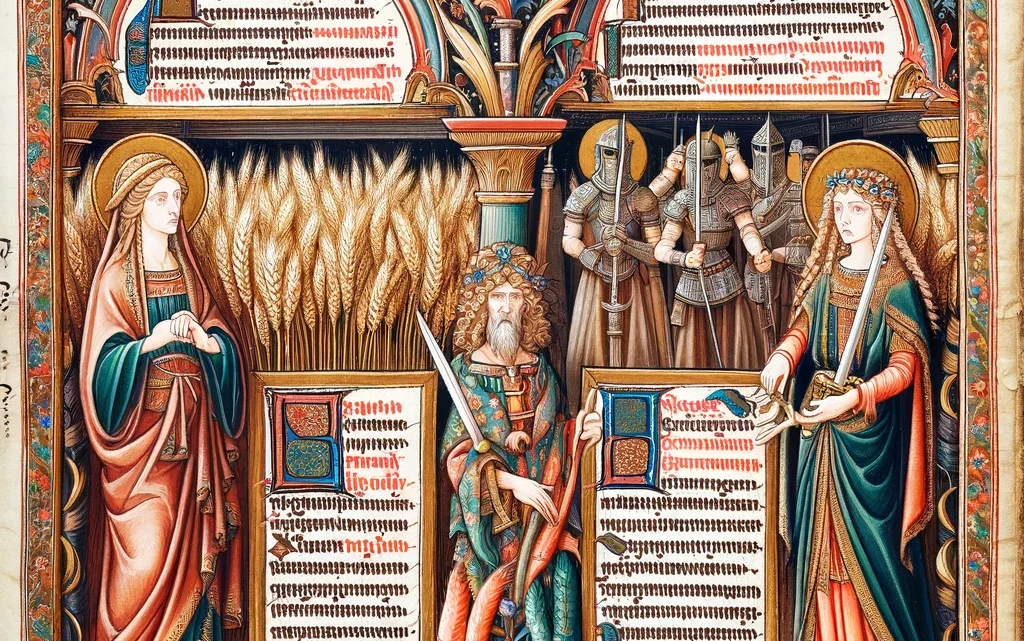“Voices of Valor: The Diverse Portrayals of Women in Biblical and Apocryphal Texts”


Introduction: The portrayal of women in religious texts is not only a reflection of their roles in ancient societies but also shapes contemporary perceptions of gender and spirituality. This exploration delves into the narratives of women in both canonical books like Ruth and Esther and apocryphal texts such as the Book of Judith and the Gospel of Mary, highlighting the diverse and often powerful roles women play in these sacred narratives.
Women in Canonical Books: The Hebrew Bible presents several nuanced female characters. In the Book of Ruth, Ruth herself emerges as a figure of loyalty and devotion. Her decision to stay with her mother-in-law, Naomi, and her subsequent actions, demonstrate a profound strength of character (Ruth 1:16-17). Similarly, Esther, in the eponymous book, is portrayed as a courageous woman who uses her position and wit to save her people from destruction (Esther 4:16). These narratives not only highlight their bravery but also their roles as pivotal figures in the unfolding of God’s plan.
Apocryphal Perspectives: In contrast, the apocryphal texts offer different portrayals of women. The Book of Judith presents a heroine who is both pious and fiercely independent. Judith’s daring assassination of Holofernes is a story of divine justice executed through a woman’s hand (Judith 13:8). The Gospel of Mary, attributed to Mary Magdalene, offers a glimpse into early Christian traditions that revered female disciples. This text portrays Mary not just as a follower of Yeshua but as a visionary and leader in her own right, suggesting a more prominent role for women in early Christian communities.
Analytical Discussion: These narratives, both canonical and apocryphal, challenge the often-held view of women’s passive roles in ancient religious texts. While Ruth and Esther show steadfastness and bravery within traditional societal structures, Judith and Mary Magdalene step out of these boundaries, taking on roles that were traditionally male. This contrast not only highlights the diversity of women’s experiences in ancient times but also speaks to the complexity of the texts themselves, which can be both affirming and subversive of contemporary gender norms.
Conclusion: The stories of these women from both canonical and apocryphal texts enrich our understanding of the multifaceted roles women played in biblical times. They were not merely background characters but were central to the narrative, often acting as agents of divine will and change. Their stories continue to inspire and challenge, offering a nuanced perspective on spirituality and gender in ancient religious traditions.
References:
- The Holy Bible, The Book of Ruth, The Book of Esther
- Wurtzel, Elizabeth. “The Book of Judith: A Brave and Singular Woman.” The New Yorker, 2016.
- King, Karen L. “The Gospel of Mary of Magdala: Jesus and the First Woman Apostle.” Polebridge Press, 2003.
- Newsom, Carol A., Sharon H. Ringe, and Jacqueline E. Lapsley, eds. “Women’s Bible Commentary.” Westminster John Knox Press, 2012.

